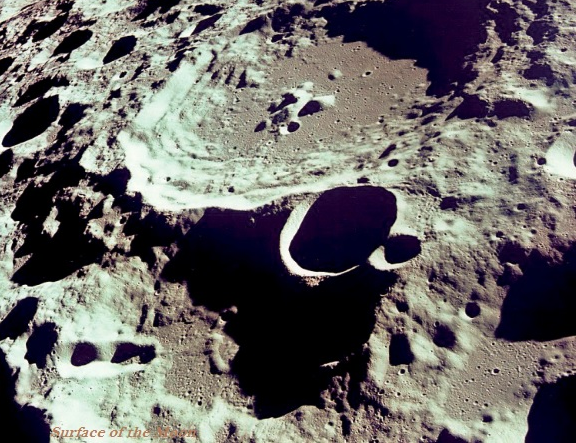
- Physics Notes for UPSC IAS Prelims (Part I)
- Physics - Home
- Physics - Force and Pressure
- Physics - Friction
- Physics - Some Natural Phenomena
- Physics - Motion
- Physics - Force and Laws of Motion
- Physics - Gravitation
- Physics - Mass and Weight
- Physics - Work and Energy
- Physics - Light
- Physics - Reflection and Refraction
- Images Formed by Spherical Mirrors
- Physics - Refraction of Light
- Physics - Spherical Lenses
- The Human Eye & Colorful World
- Refraction of Light Through a Prism
- Physics - Electricity
- Chemical Effects of Electric Current
- Magnetic Effects of Electric Current
- Physics - Electric Motor
- Physics - Source of Energy
- Physics - Sound Part I
- Physics - Sound Part II
- Speed of Sound in Different Media
- Physics - The Solar System
- Physics - Stars and The Solar System
Physics - Stars and The Solar System
Introduction
The stars, the planets, the moon, and many other objects in the sky are known as celestial objects.
The Moon
The moon is visible in different shape at different point of time; it happens because of the sunlight falling on it and subsequently gets reflected towards the earth.
The various shapes of the bright part of the moon as seen at different point of time are known as phases of the moon (as shown in the image given below).

For the first time, the American astronaut, Neil Armstrong, landed on the moon on July 21, 1969.
The moon’s surface is dusty and barren and have many craters of different sizes (as shown in the image given below).

The moon has a large number of steep and high mountains.
The moon has no atmosphere.
The Stars
From the earth, stars are millions of times farther away than the Sun.
The stars forming a group that has a distinguishable shape is known as constellation.
The shapes of many of the constellations resemble with familiar objects (as shown in the image given below).

Orion is a recognized constellation that can be seen during winter in the late evenings.
It also has seven or eight bright stars (see the image given above) and known as the Hunter.
The three middle stars are recognized as the belt of the hunter and the four bright stars appear to be arranged in the shape of a quadrilateral.